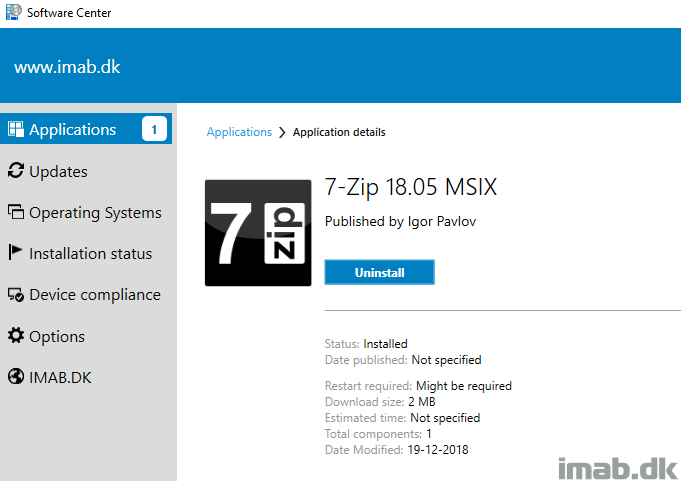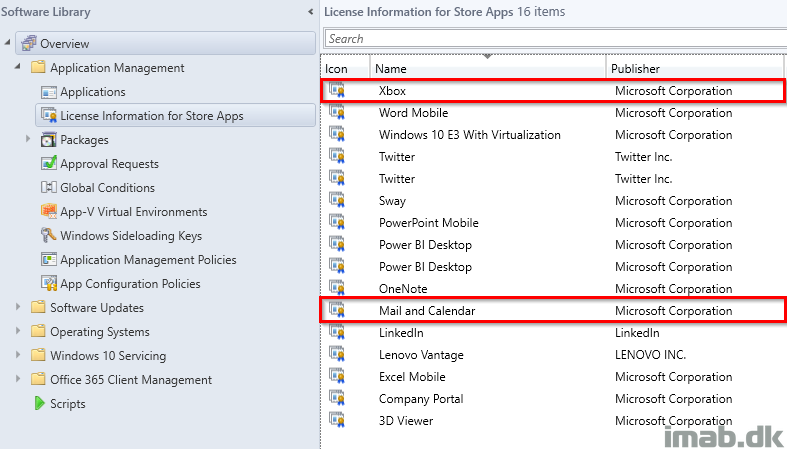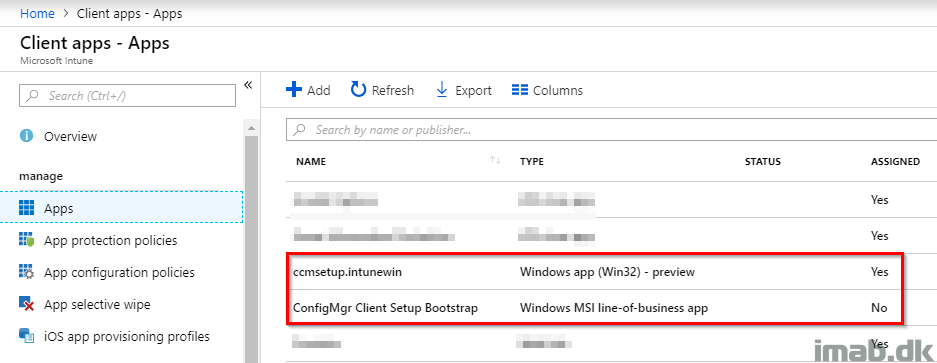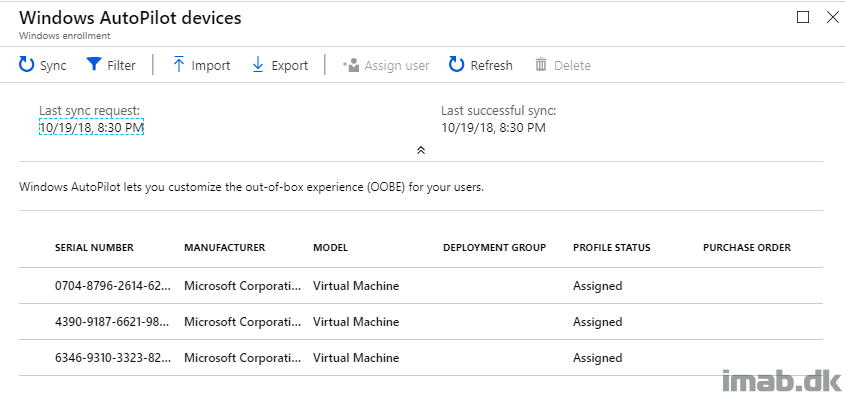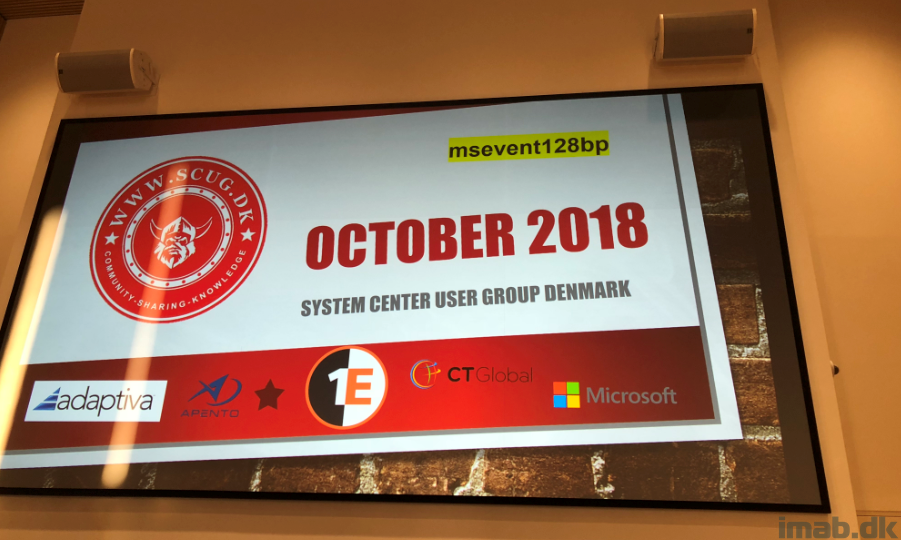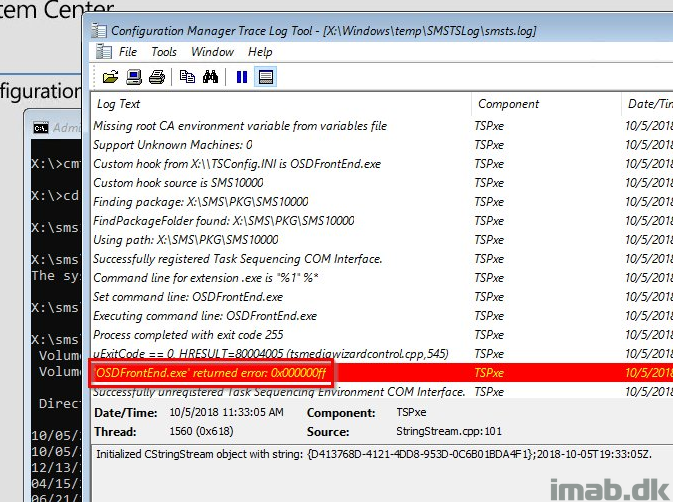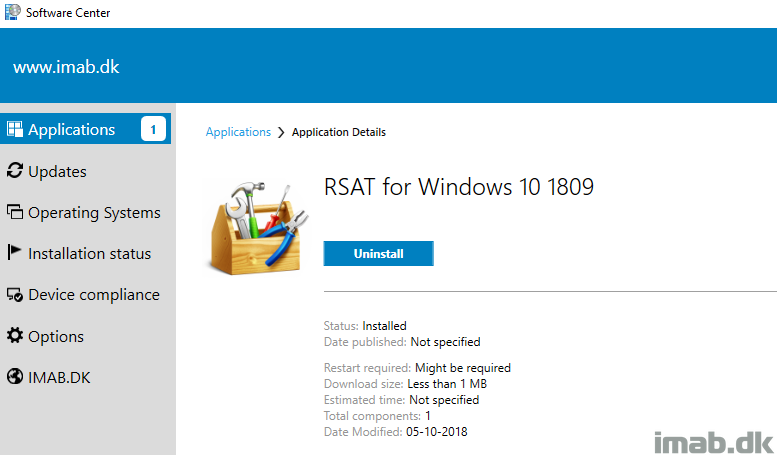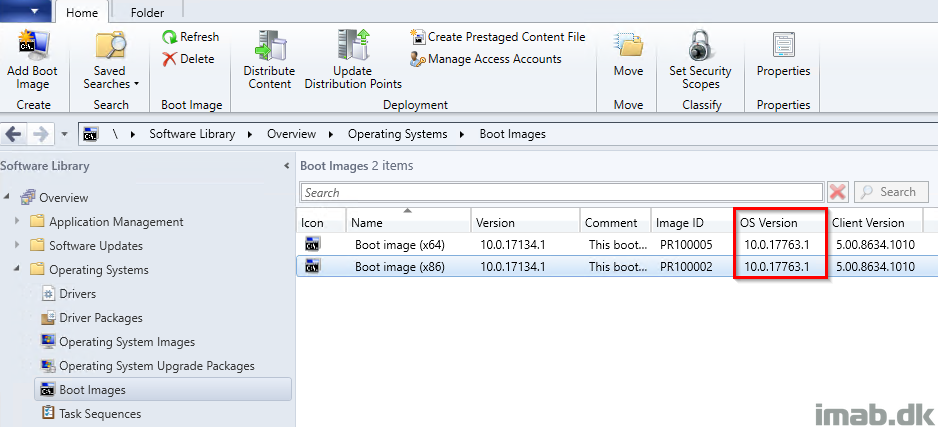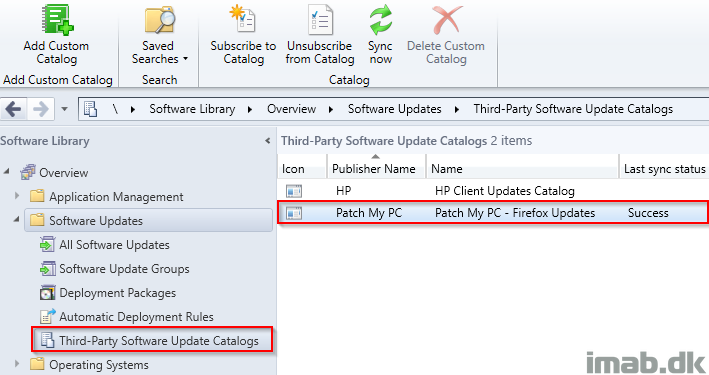Introduction
The ability to deploy .MSIX files has been available since System Center Configuration Manager 1806. Starting with 1810, we now also have the option to convert existing .MSI applications into .MSIX. Exciting! MSIX is told to be the future of software packaging, so getting a better understanding of how it works, and how it works with SCCM 1810 in particular, is not a bad idea.
So let’s walk through the entire process of converting an existing application, how to digitally sign the application and in the end, how to deploy the application. Curious? Read on 🙂
